Get the complete Indian Air Defence System List 2025 featuring long-range S-400 Triumf, Akash, Barak-8, SPYDER, QRSAM, BMD, and VSHORAD systems. Discover how India’s layered missile defence shield protects its airspace from aircraft, drones, and ballistic threats.
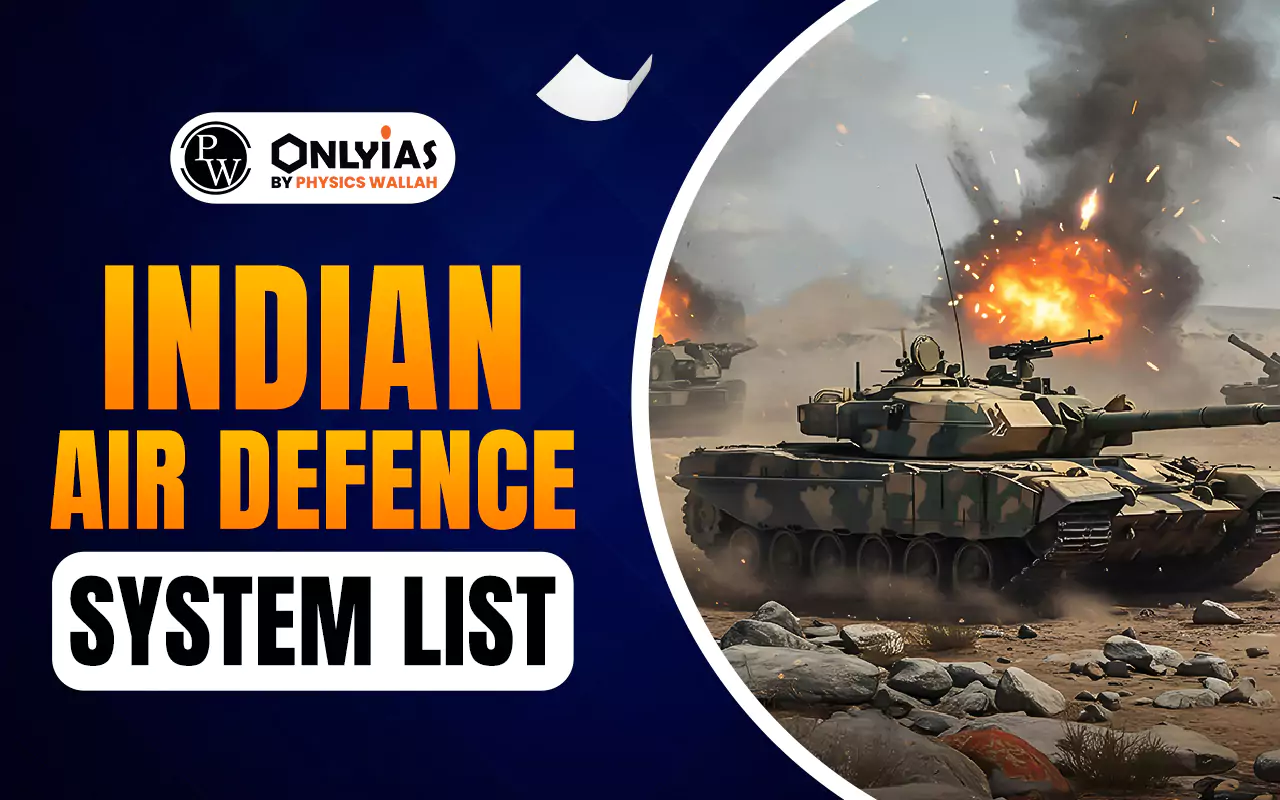
Indian Air Defence System is a multi-layered, technologically sophisticated network of missile systems, radars, and surveillance platforms developed to secure India’s airspace from a range of aerial threats. With a strategic combination of indigenous systems and foreign procurements, India has rapidly strengthened its aerial shield, ranking among the top five air powers globally.
The Indian Air Defence System includes long-range interceptors like the S-400, medium-range systems like Akash and Barak-8, and very short-range defences such as VSHORAD systems, providing an integrated response to air and missile attacks.
Also Read: UPSC Prelims Admit Card 2025
To protect its sovereignty, India has built a strong and layered defence mechanism encompassing both offensive and defensive aerial capabilities. They comprise surface-to-air missiles (SAMs), ballistic missile defence (BMD) systems, anti-aircraft artillery, and radar-guided weapons capable of neutralising enemy aircraft, cruise missiles, drones, and even hypersonic threats. The Indian Air Force (IAF), with approximately 1,750 aircraft—of which nearly 900 are fighter jets—serves as the first line of defence.
India’s recent procurement of 26 Rafale fighter jets in a $7.4 billion deal demonstrates its commitment to modernising aerial capabilities. The India air defence system list includes both imported systems like the S-400 and SPYDER, and indigenously developed platforms such as Akash, QRSAM, and the Prithvi Air Defence.
India has adopted a multi-layered air defence strategy. Here’s an overview of the major systems:
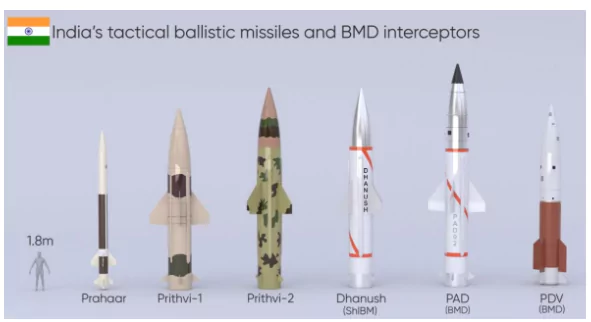
These interceptors collectively aim to neutralise incoming threats from high and low altitudes.
i) Akash Surface-to-Air Missile System
A cornerstone of the Indian Air Defence System, Akash is a medium-range missile system with a 45 km range and Mach 3.5 speed. It’s deployed with the IAF and Army and features dual guidance (command + radar seeker). Variants include Akash-1S and Akash-NG, with the latter boasting a 70 km range and enhanced ECM resistance.
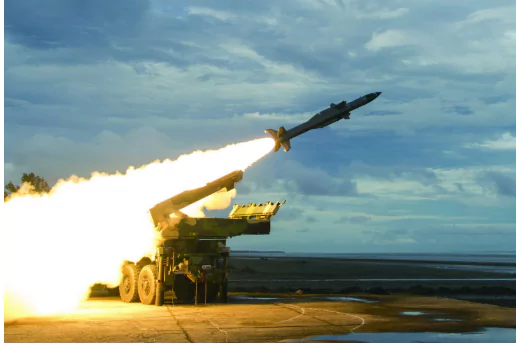
ii) Barak 8
Jointly developed by India and Israel, Barak 8 (MR-SAM/LR-SAM) covers ranges up to 100 km. It is used by all three services and was notably deployed in Ladakh amidst tensions with China.
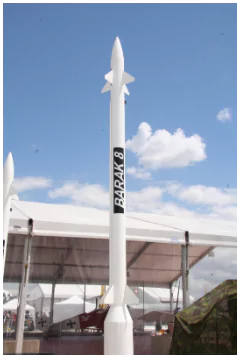
iii) SPYDER
A quick-reaction SAM system from Israel using Python-5 and Derby missiles. SPYDER provides low- to medium-level air defence with effective engagement ranges of 20–50 km.
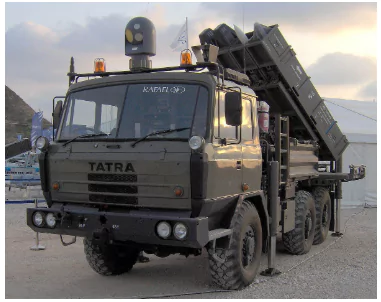
iv) QRSAM
Quick Reaction Surface-to-Air Missile (QRSAM) is an indigenous solution for mobile short-range threats, with speeds of Mach 4.7 and ranges up to 30 km.
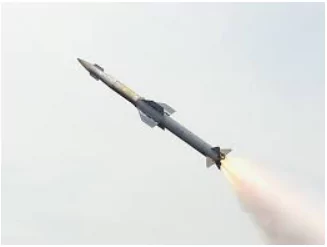
v) 2K12 Kub (Kvadrat)
A Soviet-origin system, now legacy, with a range of 24 km and altitude engagement up to 14,000 m.
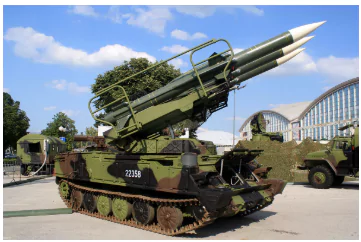
India continues to operate some older systems for layered redundancy:
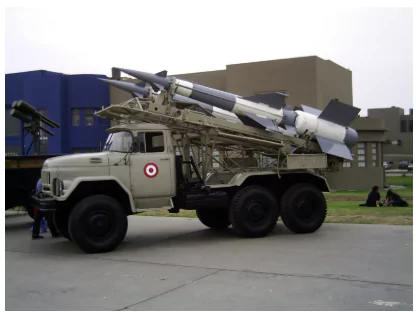
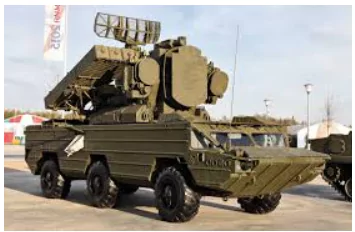
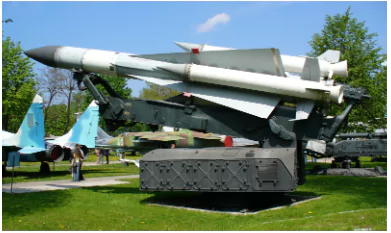
The last layer in the Indian Air Defence System, VSHORADs are deployed with front-line troops:
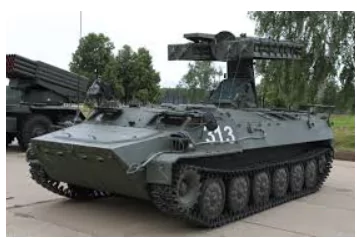
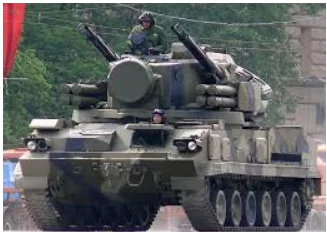
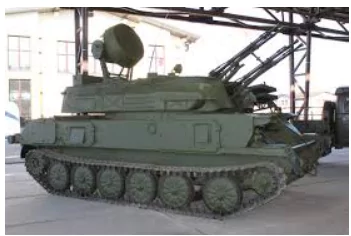
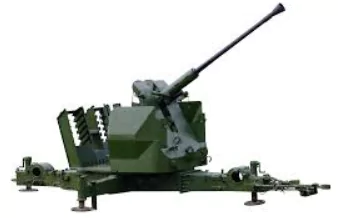
India plans to procure 500 VSHORAD launchers and 3,000 missiles, strengthening short-range capabilities.
The following table summarises the India air defence system list, categorised by range:
| List of Indian Air Defence Systems | |||
| Range | System Name | Origin | Maximum Range |
| Long-Range | S-400 Triumph | Russia | 400 km |
| PAD (BMD Phase-I) | Indigenous | 300–2000 km | |
| AAD (BMD Phase-I) | Indigenous | 150–200 km | |
| Medium-Range | Akash | Indigenous | 45 km |
| Barak 8 | India-Israel | 100 km | |
| SPYDER | Israel | 20–50 km | |
| Short-Range | QRSAM | Indigenous | 30 km |
| 2K12 Kub (Kvadrat) | Soviet Union | 24 km | |
| Very Short-Range | Strela-10, Tunguska, ZSU-23-4 | Soviet Origin | Up to 5 km |
This list of Indian air defence systems reflects India’s diversified approach, combining legacy, imported, and indigenous technologies.
Among the most advanced components of the Indian Air Defence System is the S-400 Triumf, a long-range surface-to-air missile system procured from Russia. Capable of engaging targets at distances up to 400 km, the S-400 is necessary for high-altitude defence and is often deployed to counter strategic threats from adversaries like China and Pakistan.
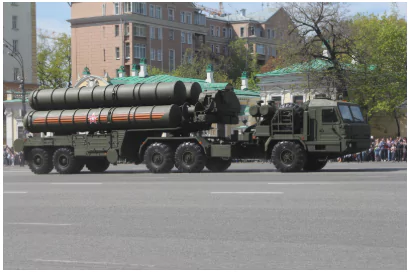
Known domestically as the “Sudarshan Chakra,” the Indian Air Defence System S-400 is capable of intercepting ballistic missiles, aircraft, drones, and cruise missiles with high precision. Its integration into the air defence network provides deep-strike capabilities and ensures early neutralisation of hostile aerial threats.
The Akash system, developed by DRDO and produced by Bharat Dynamics Limited (BDL) and Bharat Electronics Limited (BEL), has emerged as a key asset in the Indian Air Defence System. Designed to intercept aerial threats up to 45 km away, it is highly effective against fighter jets, cruise missiles, and drones.
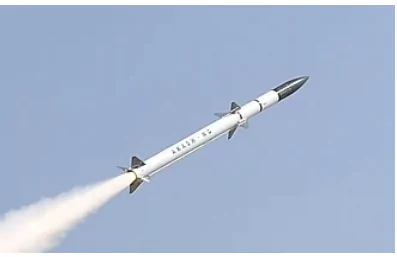
The Akash system is especially effective against Pakistan’s drone fleets and fighter aircraft. Its successful 2023 exercise neutralising 4 drones simultaneously at 25 km validated its real-time combat readiness.
India has a diverse and multi-layered air defence network comprising over 20 active air defence systems across various ranges—long, medium, short, and very short. India currently operates over:
Furthermore, India is expanding into hypersonic territory with tests of Mach 5+ missile systems having ranges of over 1,500 km, indicating a future shift towards hypersonic air defence capabilities.
The Indian Air Defence System stands as a multi-tiered, technologically sophisticated framework that protects the nation from diverse aerial threats. From the long-range S-400 Triumph to the versatile Akash and agile VSHORAD platforms, India’s preparedness spans the entire threat spectrum. By combining indigenous innovation with strategic partnerships, India continues to enhance its air defence capabilities, ensuring the sovereignty and safety of its airspace.
Ready to boost your UPSC 2025 preparation? Join PW’s UPSC online courses today!
The Indian missile defence system aims to neutralise incoming enemy missiles and aerial threats using layered interception systems.
India’s air defence arsenal includes Akash, Barak-8, S-400, and the indigenous QR-SAM.
The S-400 enhances India’s strategic deterrence by targeting threats up to 400 km with high accuracy.
DRDO develops indigenous missile systems like Akash and Advanced Air Defence (AAD) to boost India’s self-reliance.
Yes, India is developing a two-tier BMD system to intercept ballistic missiles in both exo and endo-atmospheric regions.

<div class="new-fform">
</div>